Salt Mines of Maras: A Journey into Cusco’s History and Traditions
Monday February 19, 2024 | Travel Tips | Posted by Team About Cusco
The Salt Mines Maras and the nearby site in Moray are two unique and fascinating sites in Cusco, Peru, that offer a glimpse into the region’s rich history and traditions. These ancient salt mines and the surrounding archaeological sites in Moray provide a fascinating insight into the Inca civilization and the natural processes that have shaped the landscape over time.
The Salineras de Maras, also known as the Maras Salt Mines, are a stunning site located near Cusco, in the Sacred Valley of the Incas, approximately 40 kilometers northwest of the city of Cusco. They are located in the town of Maras, in the province of Urubamba. The landscape surrounding the salt mines is spectacular. The salt-evaporation terraces extend along the mountain slopes, forming an intricate network of shallow pools used for traditional salt extraction. These terraces create a unique and fascinating visual mosaic. The area is framed by breathtaking views of the Andean mountains, adding a picturesque touch to the experience.
The natural and cultural beauty of this location makes it a memorable visit during your stay in the region.
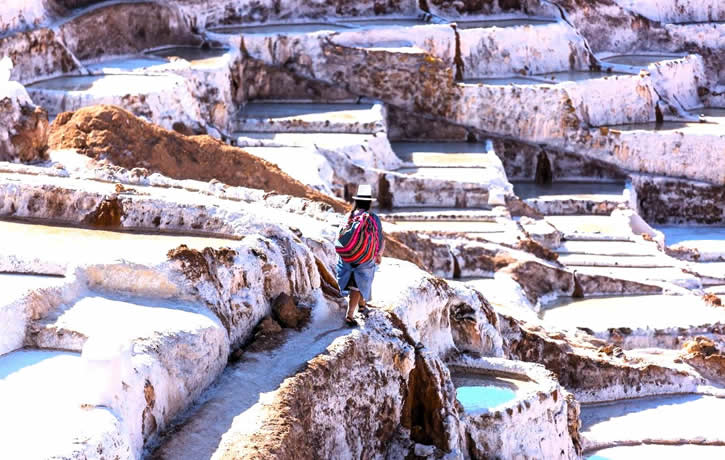
History of the Salt Mines and Moray
The Salt Mines of Moray and Maras have a long history dating back to pre-Inca times. The salt mines were first created around the 1400s, and the natural streams that fill the pools have been used for salt extraction ever since. The Moray archaeological site, located nearby, is believed to have been used by the Incas to create different microclimates in order to grow various crops (read more below).
Extraction Process of the Salt in Maras
The extraction process at the Maras salt mines is still carried out in much the same way as it was during Inca times. Local tools and equipment are used to extract the salt from the evaporation pools, leaving salt crystals behind. The salt is then sold in small bags at the entrance to the mines.
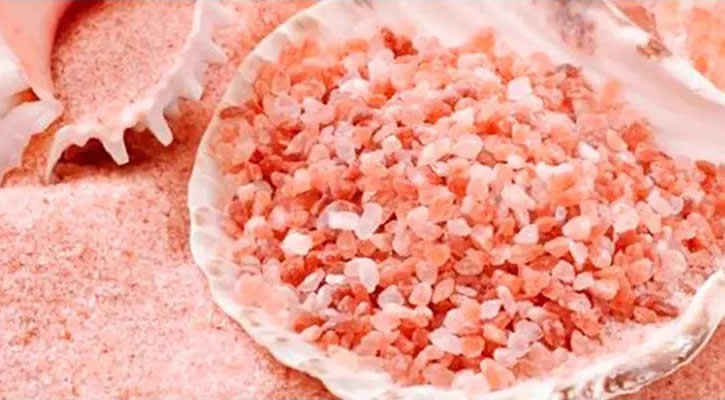
How to Visit the Salt Mines of Moray and Maras
To visit the Salt Mines of Moray and Maras from Cusco, you can join a guided tour or travel independently.
There are several tour operators in Cusco offering tours that include transportation, guides, and entrance fees to both sites. The tour typically starts early in the morning, with a pick-up from your hotel in Cusco, and returns in the late afternoon. This is the most popular way. In the Maras tour, you’ll enjoy a visit to the salt mines with a local expert guide who will teach you all there is to know about Maras. Once you’ve taken breathtaking pictures and maybe buying some of the different salts as souvenirs from the local shop, you’ll be taken back to your hotel/hostel back in Cusco.
If looking for something more adventurous, here are fantastic ATV Quad Bike Tours to Maras & Moray! You’ll have a more fun experience riding through the Sacred Valley until finally reaching the salt mines for your guided tour.
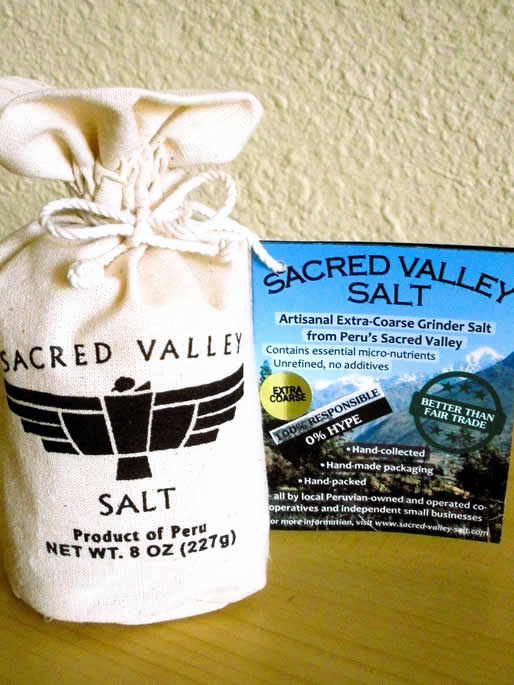
How to Get to Maras independently
To get to the Salt Mines of Maras from Cusco, you can take a bus to Urubamba and continue from there to Maras (read more: transport in Cusco). There are also collectivos (shared taxi) towards Urubamba. Make sure to let the driver know you’re going to Salina de Maras. Maras is relatively close to other highlights of the Sacred Valley, such as Moray and the ruins of Ollantaytambo, making it possible to combine multiple visits in a single day.
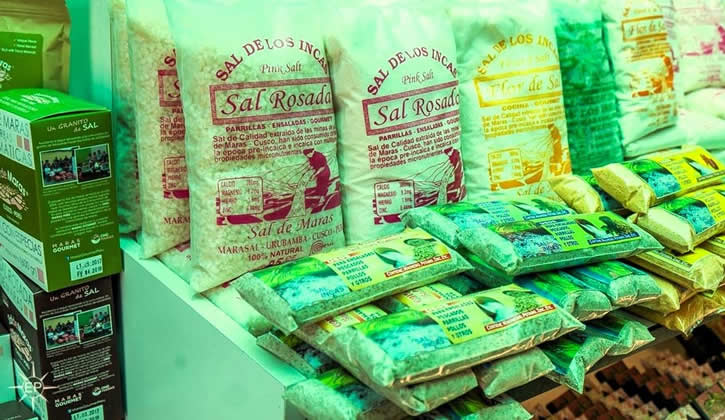
What to See in Moras and Moray
When visiting the Salt Mines of Moray and Maras, you can expect to:
- Explore the ancient salt mines and learn about the extraction process.
- Visit the Moray archaeological site and its mysterious circular agricultural terraces.
- Witness the stunning landscapes and architecture of the region.
- Experience the local culture and traditions, including the use of local tools and equipment for salt extraction.
Uses of the Maras Salt
Some of the reported medicinal properties and uses of Maras salt include:
- Prevention of Osteoporosis: The salt is said to help prevent osteoporosis, a condition characterized by the weakening of bones.
- Regulation of Blood Sugar Levels: It is believed to provide a buffer for blood sugar levels, which can be beneficial in preventing diabetes or helping those who are diabetic use less insulin.
- Iodine Source for Thyroid Health: Maras salt provides iodine in a natural setting, making it easier for the thyroid to absorb and regulate the endocrine system.
- Stabilization and Regulation of Heartbeats: The salt is reported to help stabilize and regulate heartbeats due to its magnesium and sodium content.
- Essential for Muscular Function: The sodium in the salt is essential for proper muscular function.
- Stress Reduction: Good quality salt, such as Maras salt, is said to help minimize the effects of stress by maintaining proper melatonin, serotonin, and tryptamine levels in the brain.
- Removal of Cellular Acidity: It is believed to help remove cellular acidity, especially in the brain and kidneys.
- Prevention of Hypertension, Kidney Stones, and Swelling: Maras salt is appreciated for its medicinal properties, including the prevention of hypertension, kidney stones, and swelling.
- Healing and Anti-Inflammatory Properties: The salt is reported to have healing and anti-inflammatory properties, making it suitable for therapeutic uses such as baths.
The Maras salt, with its unique mineral content and reported health benefits, has been a significant product for the community of Maras, providing not only a source of income but also attracting tourists interested in its medicinal and culinary uses.
The salt extracted from the salt mines of Maras has been used for various purposes, both historically and in the present day.
Some of the uses of the salt from these mines include:
- Human Consumption: The salt extracted from these mines has been an important mineral for the Inca empire and continues to be used for human consumption. It is highly valued for its purity and unique flavor.
- Livestock: In addition to human consumption, the salt has been and continues to be used for livestock. It is an essential part of the diet for animals and is used to ensure their health and well-being.
- Medicinal Properties (see below): Many people believe in the medicinal properties of the salt from Maras. It is said to have healing and anti-inflammatory properties, making it popular for therapeutic uses such as bath.
- Export: A significant portion of the salt extracted from these mines is exported. It is highly valued and has been exported to various countries, with Peru itself needing only a small percentage of the total production for its own use.
- Artisanal Products: The salt is also used to create artisanal products. It is sold in various forms, including different types of salt for culinary use, bath salts, and even in the production of chocolate bars.
The salt extraction process and the use of the salt have remained largely unchanged for centuries, and the salt continues to be harvested using traditional methods. The salt mines of Maras are not only a testament to the historical significance of salt in the region but also continue to play a vital role in the local economy and culture. The Maras salt, extracted from the salt mines in the Sacred Valley of the Incas, is believed to possess various medicinal properties.
The Salt Mines of Maras offer a unique and fascinating insight into the history and traditions of the Cusco region. By visiting these sites, you can experience the rich cultural heritage and stunning landscapes that make this part of Peru so special.
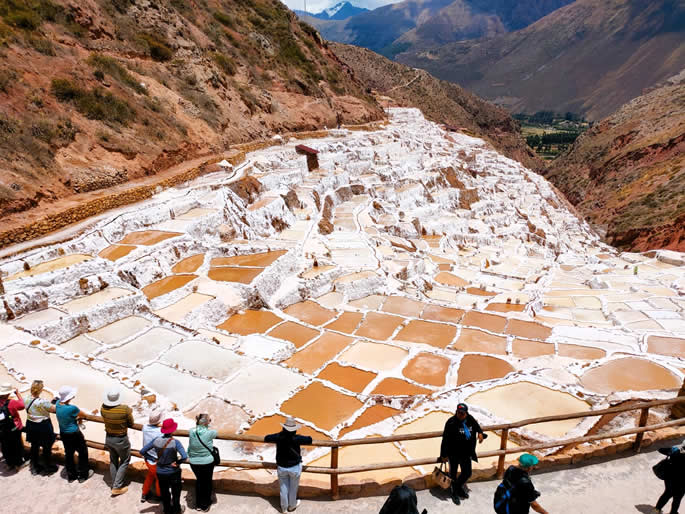
Moray
Moray stands out as one of the most intriguing sites of the Inca Empire, captivating visitors with its remarkable functionality and sophistication. The sheer perfection of its design leaves one in awe, questioning whether such a marvel could truly be the creation of human hands. Functioning as a microclimatic agricultural experimental station, Moray’s architecture revolves around a system of floors and terraces, ingeniously irrigated by a sophisticated mechanism.
The heart of Moray lies in its underground canals, believed to have been meticulously excavated by the Incas from a nearby volcano. These canals, once dug, were filled to remain concealed beneath the surface—an astounding feat that sparks disbelief in the capabilities of ancient engineers. Another enigma surrounds the construction of the terraces, composed of distinct layers of mold, sand, and stones beneath the surface. This intricate system allowed for the retention of water, ensuring agricultural success even during dry seasons.
Now, the most fascinating aspect unfolds. Each terrace maintains a different temperature, all within a few meters of one another. This firsthand experience reveals an unbelievable phenomenon. At the center, within the smallest circle, the temperature reaches its peak. Ascending to a higher floor brings a noticeable drop in temperature. According to measurements, the temperature difference between the lower and upper terraces is a remarkable 15°C (59°F). This ingenious system not only showcases the advanced knowledge of the Incas but also enabled them to cultivate exotic fruits at an altitude of 3500 meters above sea level. The mysteries of Moray continue to intrigue and marvel those fortunate enough to witness its wonders.
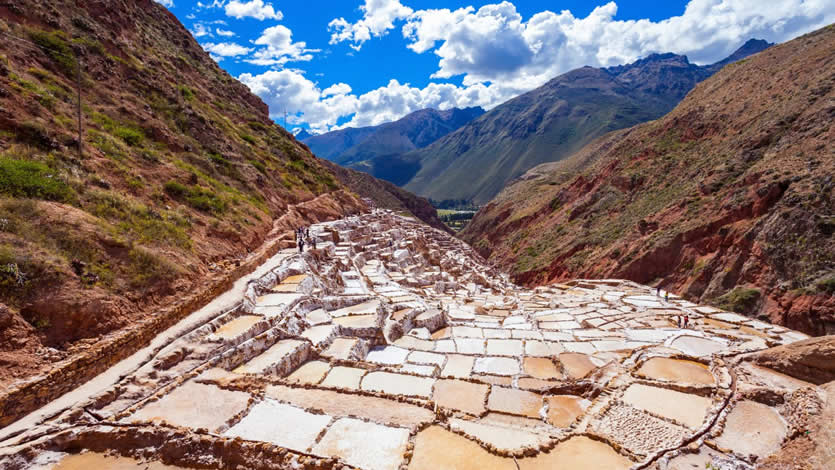

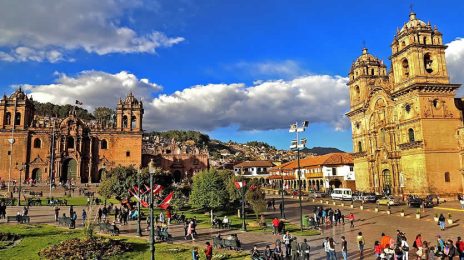

Leave a Reply